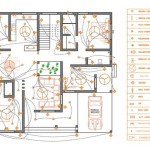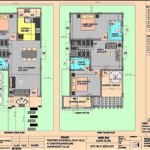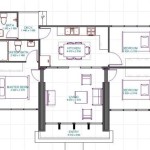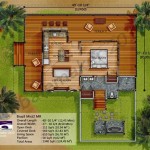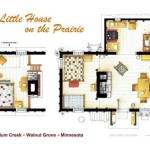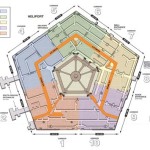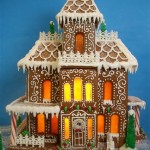Round Concrete House Plans: A Comprehensive Guide to Essential Aspects
Round concrete house plans have gained popularity due to their unique aesthetics, durability, and energy efficiency. These houses offer a blend of modern design with the strength and longevity of concrete. However, planning and constructing a round concrete house requires careful consideration of several essential aspects.
1. Structural Design
The structural design of a round concrete house is crucial for its stability and integrity. The curved walls and roof require specialized engineering to distribute weight evenly and prevent structural weaknesses. Architects may use reinforced concrete, post-tensioned concrete, or a combination of both to ensure structural soundness.
2. Formwork and Concrete Pouring
Formwork is essential for creating the curved shapes of round concrete houses. Skilled carpenters construct the formwork to the exact specifications of the design. Concrete is then poured into the formwork and allowed to cure, forming the walls and roof of the house.
3. Insulation and Energy Efficiency
Round concrete houses offer excellent insulation properties, thanks to the thick and continuous concrete walls. This reduces heat loss in winter and keeps the house cool in summer, resulting in significant energy savings. Proper insulation materials, such as polyurethane foam or cellulose, can further enhance the house's energy efficiency.
4. Ventilation and Airflow
Good ventilation is essential in round concrete houses to prevent moisture buildup and maintain a healthy indoor environment. Architects incorporate passive ventilation systems through strategically placed windows, vents, and skylights. These openings allow for proper airflow and help regulate temperature and humidity levels.
5. Architectural Features
Round concrete house plans often incorporate unique architectural features that enhance their aesthetics. Curved windows, arched doorways, and cantilevered roofs are common elements that create a striking and modern look. Architects may also incorporate natural elements, such as stone, wood, or glass, to complement the concrete and create visual interest.
6. Landscaping and Site Planning
The landscaping and site planning of a round concrete house are as important as its interior design. The curved shape of the house lends itself to unique outdoor spaces, such as sheltered patios, winding gardens, and water features. Architects and landscape designers work together to create a harmonious and functional outdoor environment that complements the architecture of the house.
7. Cost Considerations
The cost of building a round concrete house varies depending on several factors, including the size, complexity of the design, materials used, and labor costs. Round concrete houses typically have higher upfront construction costs compared to traditional rectangular houses due to the specialized labor and materials required. However, the long-term durability and energy efficiency can result in significant savings over time.
Round concrete house plans offer a unique and captivating alternative to traditional home designs. By considering the essential aspects discussed above, homeowners can create a durable, energy-efficient, and aesthetically pleasing living space that stands the test of time.

Circular Concrete Home Plan

Circular Concrete Home Plan

Circular Shaped House Unique Design Unusual Homes Plans

Unique Luxury Home Plans With A Wrap Around Deck

Round House Design Offers A Unique Architectural Experience

Round House Feldman Architecture Archdaily

Circular Houses With Unique And Unprecedented Designs

Pin By Rlcollante On Round House Architecture Modern Villa Design

Pedestal Piling Homes Continental Kit

Circular Concrete Home Plan

